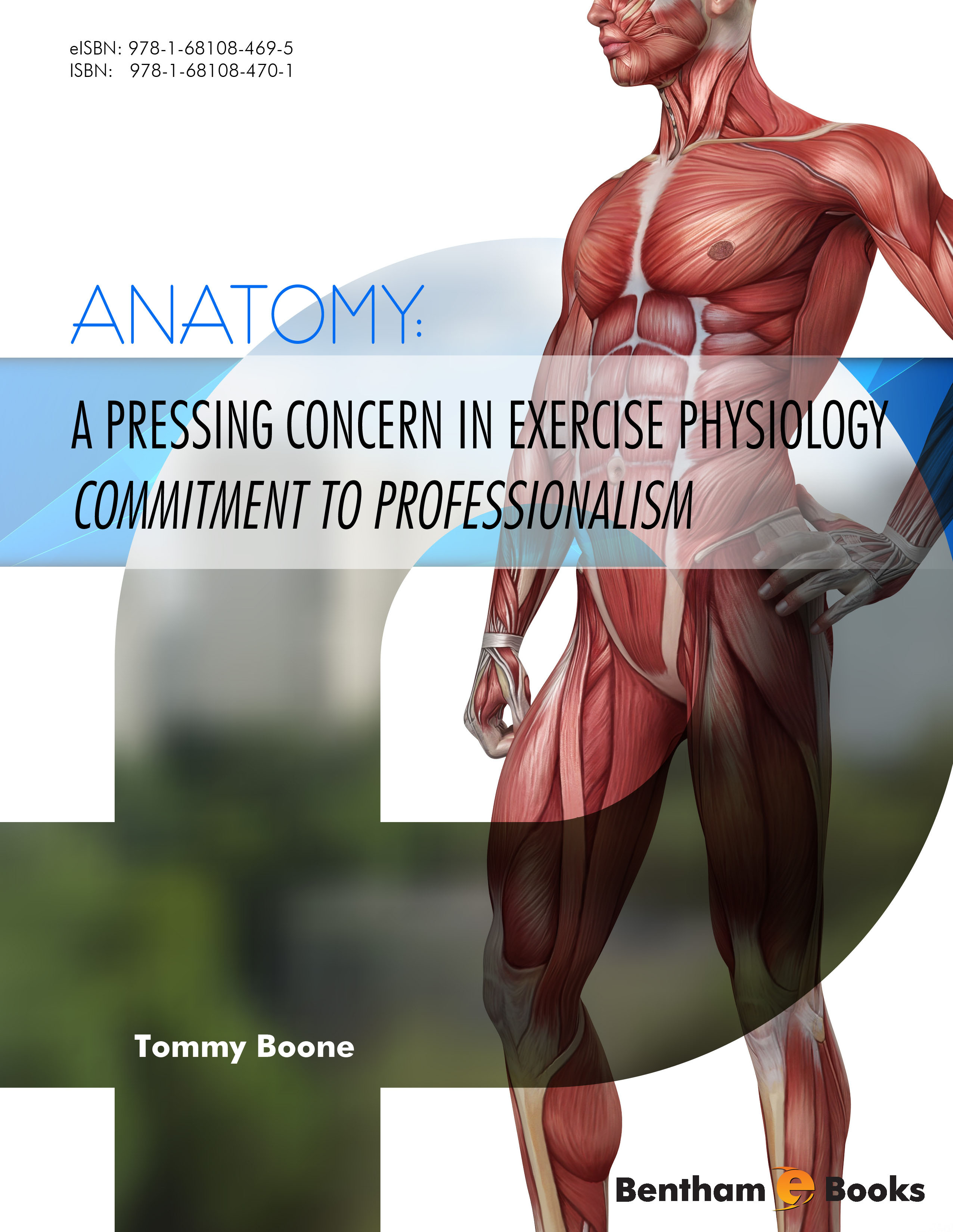Introduction
Anatomy: A Pressing Concern in Exercise Physiology
is a thorough analysis of the importance of anatomy in exercise physiology courses. It presents a series of topics that cover key concept and terms in anatomy, muscle physiology, kinesiology, the use of imagery in anatomy, physical flexibility and the conventional study of cadavers. Readers of the book will receive reliable anatomical knowledge, well-researched cadaver information as well as information about good, useless, and dangerous exercises. Readers will essentially be equipped to supervise exercise training designed to be safe while providing a greater range of physical motion.
Anatomy: A Pressing Concern in Exercise Physiology
serves as a textbook for exercise physiologists in training and as a handbook for healthcare professionals involved in the physical training or rehabilitation of clients or patients.




